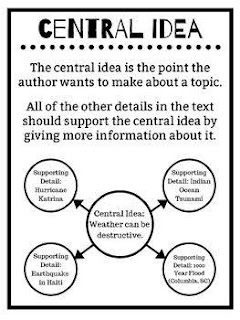How to identify the central idea of a passage or a text, one needs to consider the aforementioned. What is the central idea of this passage or text.
What Is The Central Idea Of This Passage
How To Identify The Central Idea Of A Passage
Thus, to identify the central idea of a passage or a text, one needs to consider the aforementioned.
Furthermore, there are some questions and steps provided below that could easily help you grasp the central idea of a passage.
To identify the central idea of a passage, first read through the article or text and pay close attention to the features and structures of the text.
After reading through, ask yourself the following direct questions. These questions will give you clues as to what the central idea of a passage is.
- What is the subject of the article, and what does the author reveal about the subject?”
- Ask yourself, “ (That’s the central idea!)
- How is the central idea or theme expressed through the characters, setting, point of view, tone, language, or conflict?
- In what way does the resolution of the external conflict indicate the central idea or theme? How does the resolution of the internal conflict express the story's theme?
- Are symbols, metaphors, or similes used to portray the central idea or theme?
- What are the repeated images, words, or expressions in the story?
- How does the title make sense in terms of the story? Is it significant?
- What the story reveal about society, people in general, the roles of men and women, the time period in which the story takes place?
- Does the central idea make sense in light of the story and the title?
Where Can The Central Ideas of This Passage Found?
- The beginning of paragraphs
- The concluding sentences of the paragraphs
- The summation of the information in the paragraph in the subsequent paragraph.
How Does The Author Develop The Central Idea
The author develops the central idea by focusing on certain details or information. These focuses depend on specific purposes. Thus, the author may develop the central idea through anecdotes, examples, data, facts, statistics, and expert testimony.



%20(1).jpeg)

.png)
%20(3).jpeg)

COMMENTS